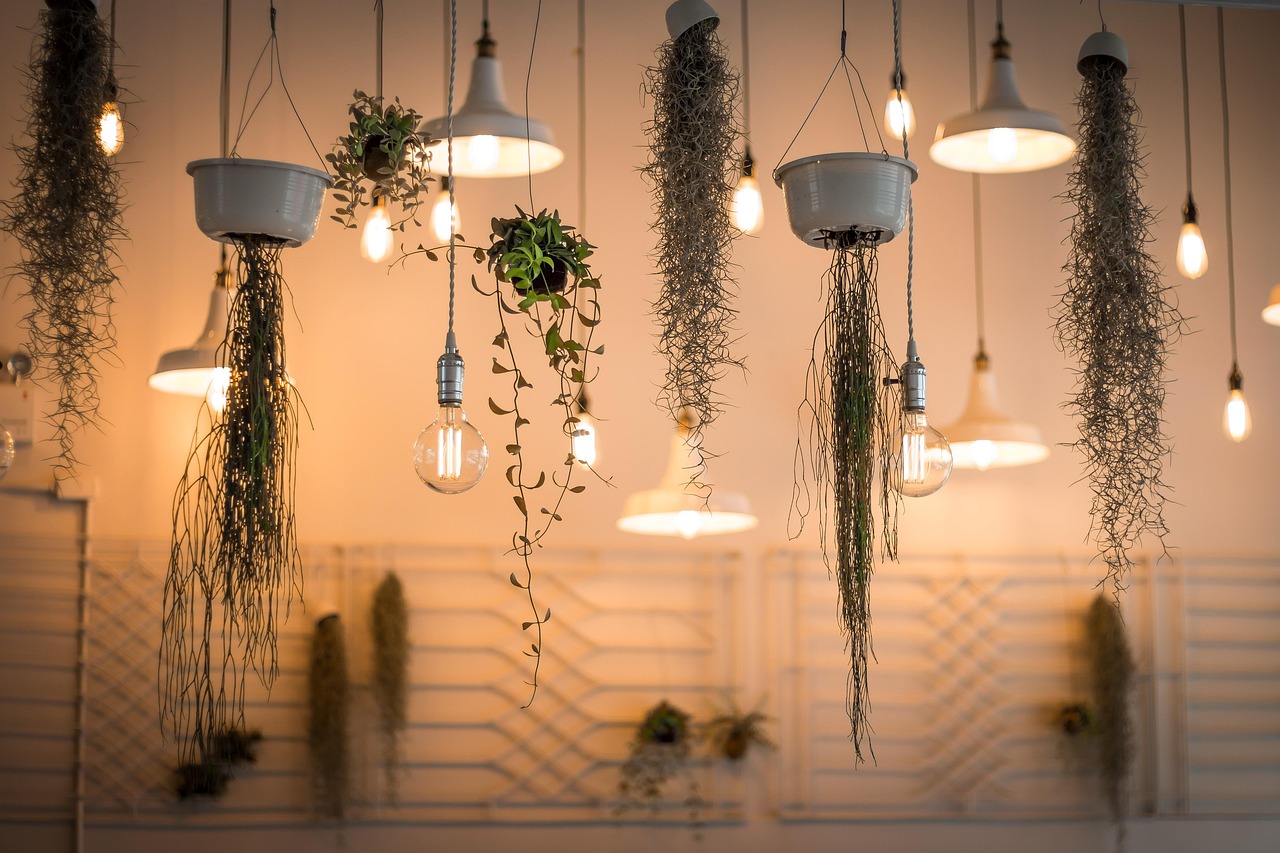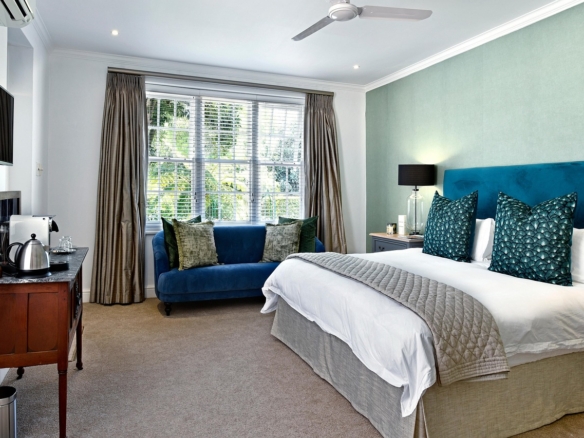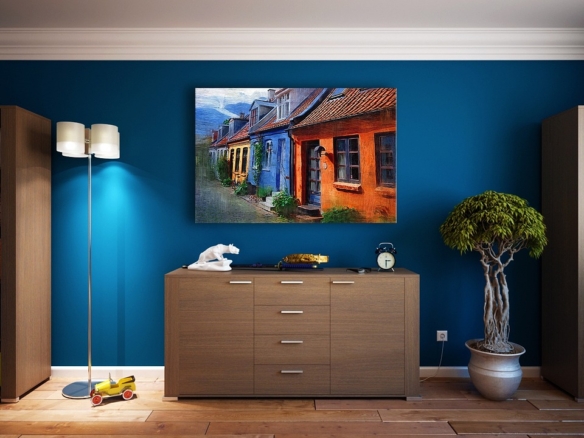Lighting is more than just a functional element—it’s the magical touch that can turn any ordinary space into a stunning work of art. Whether warm and cozy, luxurious, or modern, the right lighting sets the mood, enhances aesthetics, and even influences emotions and productivity.
In this article, we’ll explore why lighting is a crucial part of interior finishing (not just decor), the different types of lighting and their effects, and real-life examples of how lighting can completely transform a room.
Why Lighting is Essential in Interior Finishing (Not Just Decor)
Many people think of lighting as an afterthought—a decorative accessory. However, lighting is a fundamental part of interior finishing because:
- Defines Space & Functionality – Proper lighting highlights architectural features and defines different zones (e.g., dining vs. lounge areas).
- Enhances Colors & Textures – The right lighting can make colors pop and textures stand out, while poor lighting can make a room look dull.
- Affects Perception of Space – Bright, uniform lighting makes a room feel larger, while soft, layered lighting creates intimacy.
- Impacts Mood & Well-being – Lighting influences circadian rhythms, productivity, and relaxation.
Types of Lighting & Their Effects
Lighting can be categorized into four main types, each serving a different purpose:
Ambient Lighting (General Lighting)
- Provides overall illumination for a room.
- Examples: Ceiling lights, chandeliers, recessed lighting.
- Effect: Creates a comfortable, evenly lit environment.
Task Lighting
- Focused light for specific activities (reading, cooking, working).
- Examples: Desk lamps, under-cabinet kitchen lights.
- Effect: Reduces eye strain and improves functionality.
Accent Lighting
- Highlights artwork, architectural details, or decor.
- Examples: Track lighting, wall sconces, LED strips.
- Effect: Adds drama and sophistication.
Decorative Lighting
- Serves as a statement piece (e.g., sculptural lamps).
- Effect: Enhances aesthetics and personal style.
Natural vs. Artificial Lighting: Which is Better?
Natural Lighting
- Pros: Boosts mood, saves energy, enhances well-being.
- Cons: Uncontrollable (glare, heat, fading furniture).
Artificial Lighting
- Pros: Customizable (color temperature, intensity).
- Cons: Poor lighting can cause eye strain and fatigue.
Best Practice: Combine both! Use sheer curtains to diffuse natural light and layer artificial lighting for balance.
How Lighting Transforms Different Rooms
Bedroom: Creating a Relaxing Retreat
- Soft, warm lighting (2700K-3000K) promotes relaxation.
- Layered lighting: Ambient (ceiling lights) + Task (bedside lamps) + Accent (LED strips under the bed).
Living Room (Reception): Elegance & Warmth
- Statement chandelier for luxury.
- Dimmable lights for adjustable ambiance (bright for gatherings, soft for movie nights).
Kitchen: Functionality & Style
- Under-cabinet lighting for task areas.
- Pendant lights over the island for a modern touch.
Psychological Effects of Lighting
- Warm Light (Yellow/Orange): Calming, cozy (ideal for bedrooms).
- Cool Light (White/Blue): Energizing, improves focus (great for offices).
- Dim Lighting: Encourages relaxation but can reduce productivity.
The Science Behind Lighting & Human Emotions
Lighting doesn’t just illuminate a room—it directly impacts our emotions, behavior, and even health. Scientific studies in environmental psychology reveal that lighting influences serotonin (the “happiness hormone”) and melatonin (the “sleep hormone”) production. Bright, cool-toned lighting (5000K-6500K) mimics daylight, boosting alertness and productivity—perfect for home offices or kitchens. On the other hand, warm lighting (2700K-3000K) creates a sense of comfort and relaxation, making it ideal for living rooms and bedrooms. Even the direction of light matters: downward-facing lights create a focused, serious atmosphere, while upward or diffused lighting feels more welcoming. Additionally, dynamic lighting systems (like smart bulbs that adjust color temperature throughout the day) can align with our circadian rhythm, improving sleep quality and overall well-being. For businesses, strategic lighting can enhance customer experience—restaurants use dim, warm lighting to encourage longer stays, while retail stores employ bright, accent lighting to highlight products. At home, a well-lit space can reduce stress and even make colors appear more vibrant. The key takeaway? Lighting is a powerful design tool that goes beyond aesthetics—it shapes how we feel, function, and interact with our surroundings.
Conclusion
Lighting is the secret ingredient that can turn any space from ordinary to extraordinary. By understanding the different types of lighting and their psychological effects, you can create a home that’s not only beautiful but also enhances well-being.
Ready to transform your space? Start experimenting with layered lighting today!
Contact Forsa For Real Estate survices today!





Join The Discussion